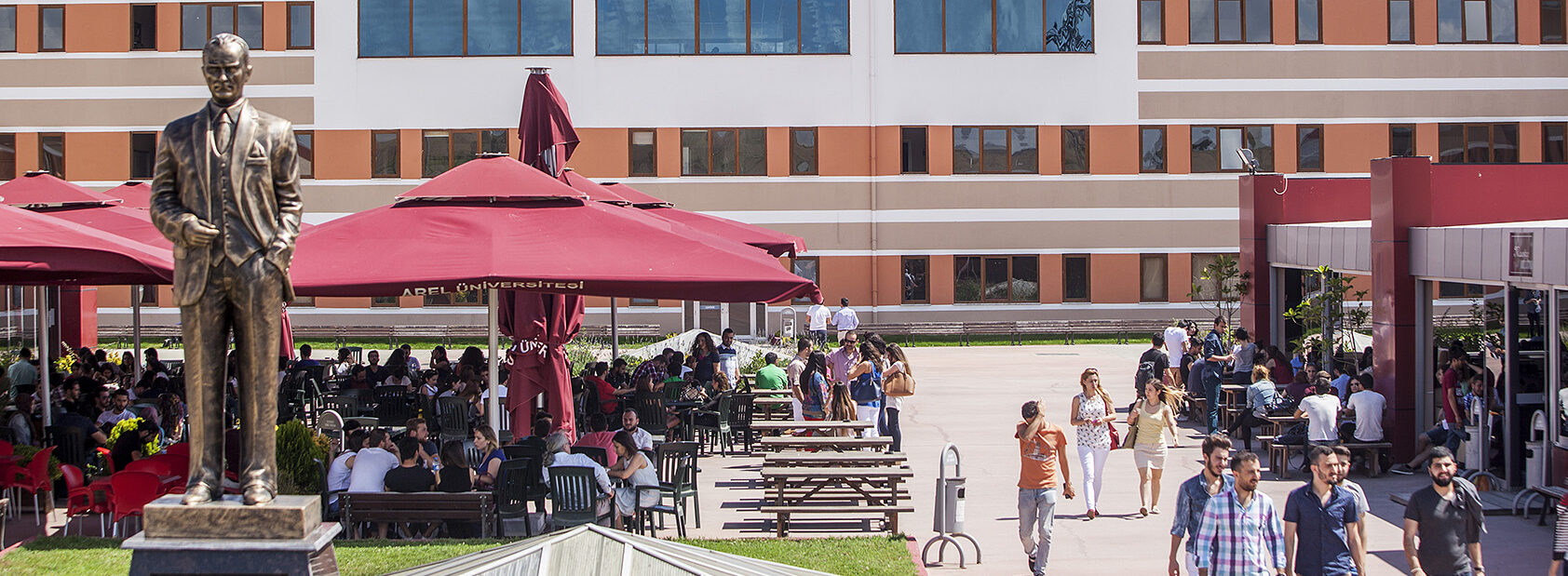Medical Imaging Techniques Program
VOCATIONAL SCHOOL

Accurate diagnosis and treatment of diseases is one of the main goals of health sciences. Early diagnosis and treatment of diseases is extremely important for the society to be composed of healthy individuals. In the process of this early diagnosis and treatment, medical imaging methods provide physicians with very valuable data.
The door of medical imaging methods has been opened with the discovery of X-rays by the German physicist Röntgen, and new applications have been revealed in the field with the research and development activities carried out over the past three decades.Efficient achievement of the goal of medical imaging methods is possible with the presence of a well-trained team in the field.
This team consists of radiology, nuclear medicine or radiotherapy specialist physicians and medical imaging technicians at the core.With the opening of the program, radiology specialists who can use their knowledge and communication skills in line with the education and training they have received in all radiodiagnostics modalities (conventional and digital radiology, fluoroscopy, digital subtraction angiography, computed tomography, magnetic resonance imaging) used by the physician in the diagnosis and treatment of the disease, as well as nuclear medicine (spect, pet, petct) and radiotherapy (simulator, linear accelerator etc.), are technically equipped to apply the developing technology in the field, have the ability to synthesize information, and can use eye and hand coordination comfortably, and qualified technical staff who can coordinate with other health personnel will be possible to train.
Job Opportunities
Graduates of the Department of Medical Imaging Techniques can work as a technician in the Radiology, Nuclear Medicine and Radiotherapy departments of public, university, private hospitals, private medical centers and private imaging centers.
A medical imaging technician obtains two- or three-dimensional images of the parts of the human body that physicians deem necessary using certain devices such as:
- Medical imaging devices,
- Magnetic Resonance,
- Computed Tomography,
- Ray,
- Angiography,
- Scintigraphy,
- Positron Emission Tomography
Undergraduate Departments that can be transferred with DGS (Vertical Transfer Exam) *
- Nursing
- Nursing and Health Services
* These are the departments included in the 2018 OSYM guide.



